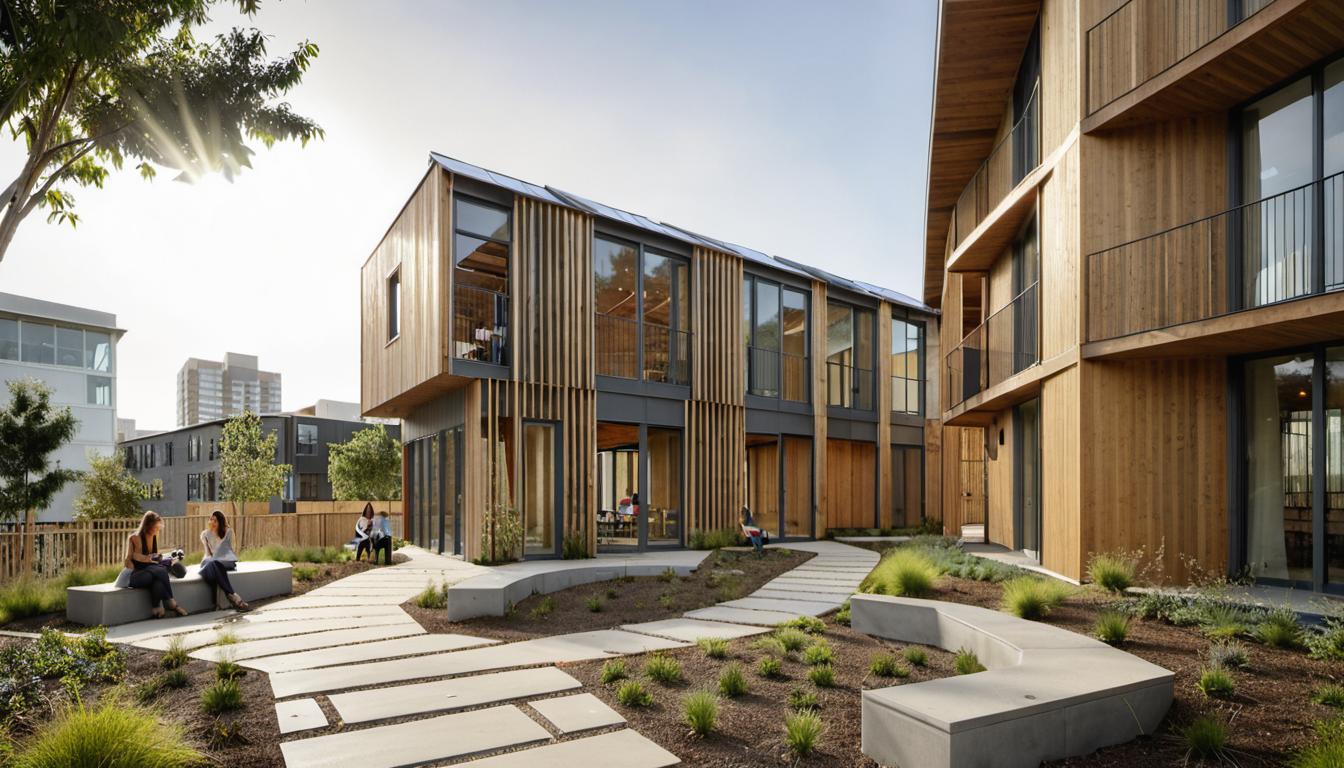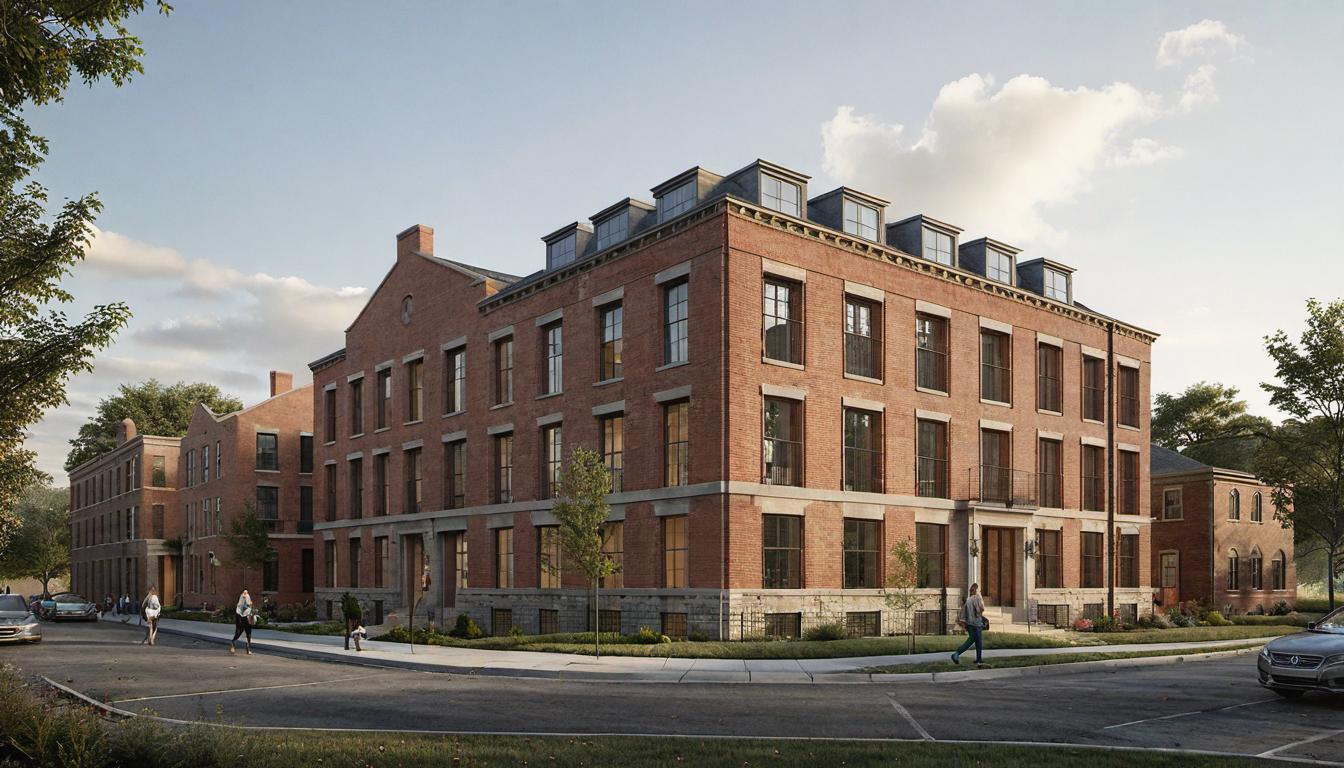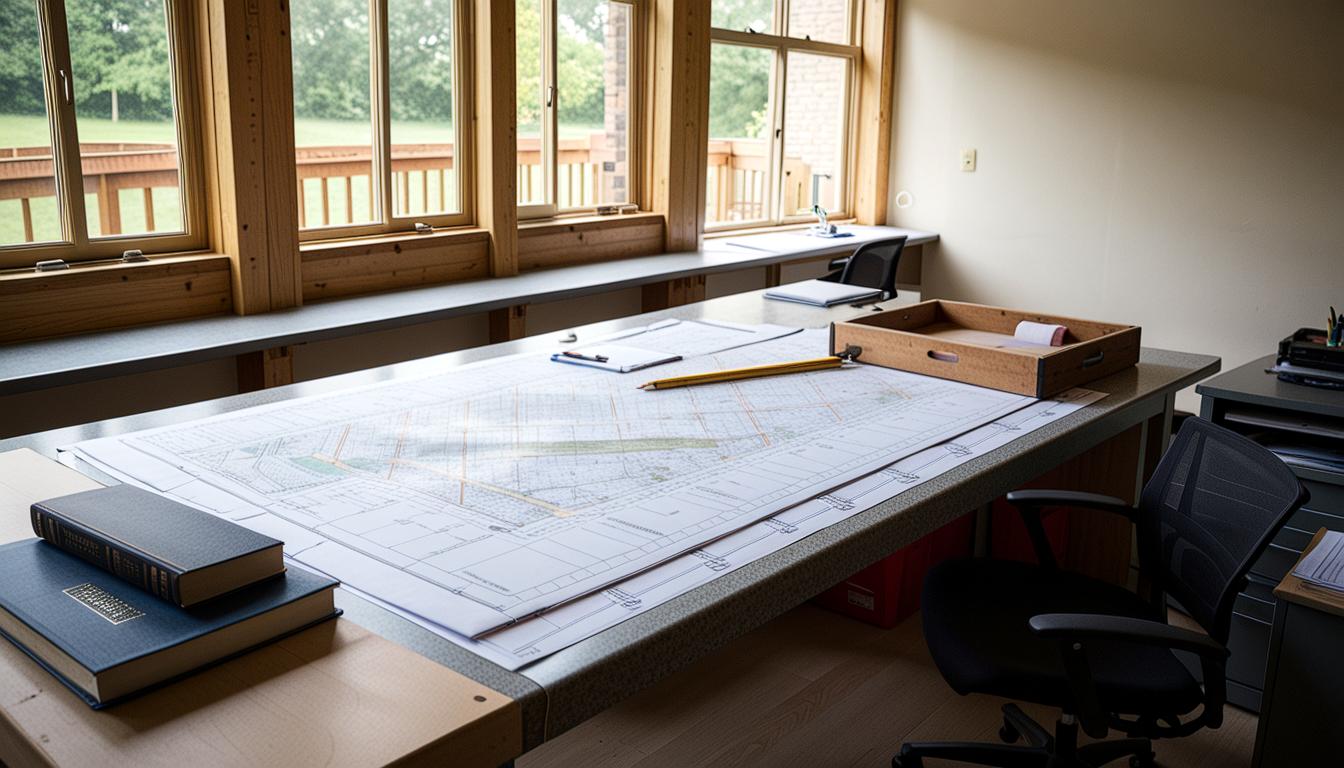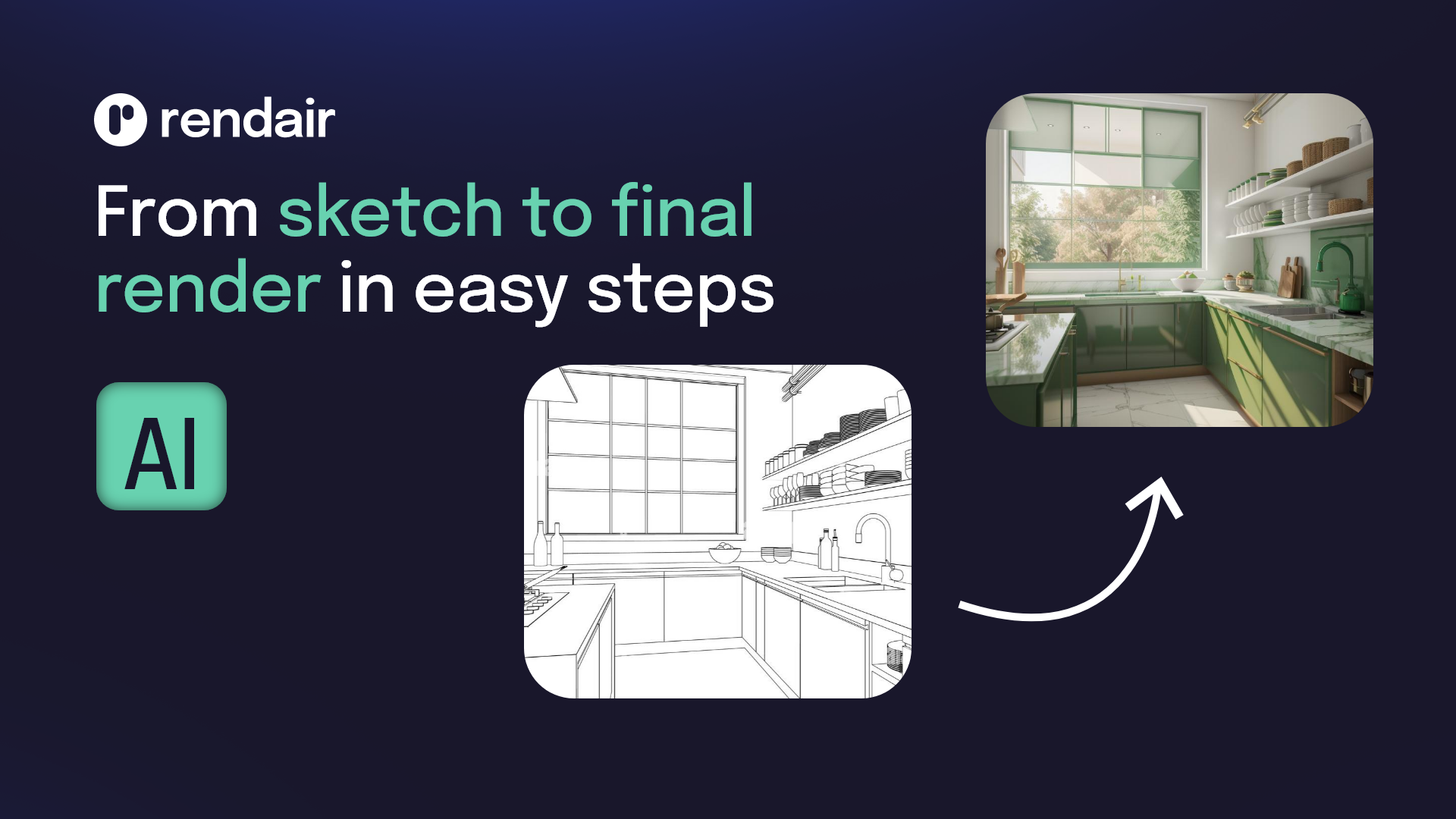FAQ’s
- Key principles of sustainable architecture include environmental stewardship, social responsibility, and economic prosperity.
- Sustainable construction significantly contributes to climate change by reducing carbon dioxide emissions, as buildings account for 40% of global emissions.
- Essential technical and software skills for sustainable architecture include proficiency in AutoCAD, Revit, SketchUp, along with a comprehensive understanding of sustainable construction techniques and materials.
- Sustainable design aims to reduce the negative impact on natural resources, enhance human health, and counteract climate change effects.
- The Leadership in Energy and Environmental Design (LEED) certification signifies an architect’s commitment to environmental responsibility, showcasing proficiency in green building skills.






